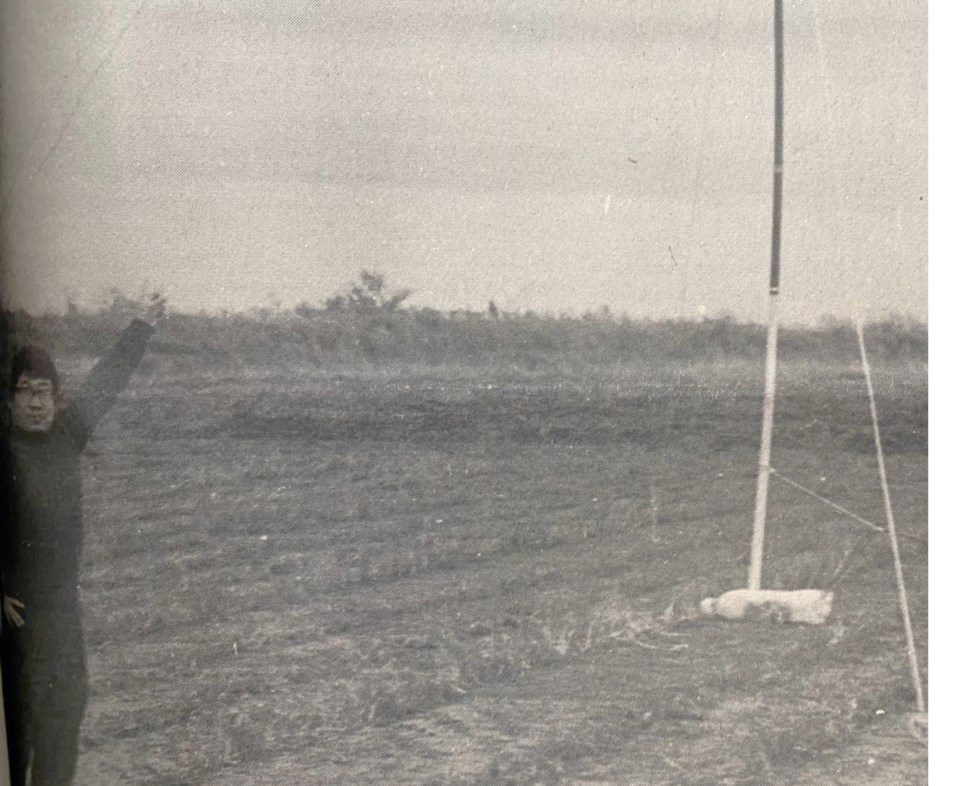Let’s head back to November of 1974 when a pair of antennas were installed at Westham Island for an outer space study.
A research team from the University of Tokyo’s Department of Geophysics and Astronomy, in collaboration with UBC, established the data gathering point, including sophisticated equipment set up in an old shed, to monitor radio signals from space.
They were also monitoring signals such as those emanating from storms thousands of miles away in the Southern Hemisphere, which raced into space and within a split second were picked up by the sophisticated equipment in Delta.
The research was important as it could aid future space travellers, said Dr. Atsuhiro Nishida, who was leading the team on the study that went for several months.
He said space is not the empty void many believe it to be. He said through the studies in Delta, he hoped to compare the gaseous density in space and its continuous motion.
Delta was chosen for the study because of its flat terrain.
“For observation of natural radio waves, we want to avoid the interference by the distortion of the wave by rugged landscapes,” explained Nishida.




